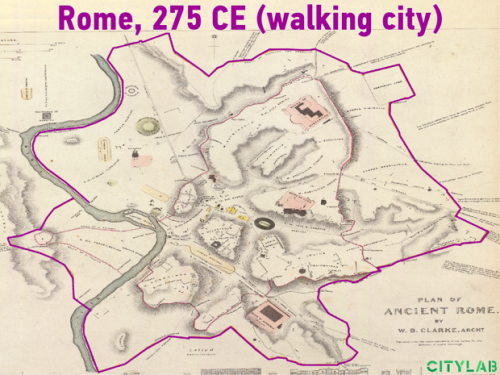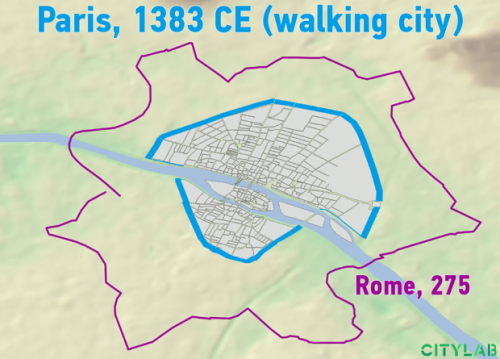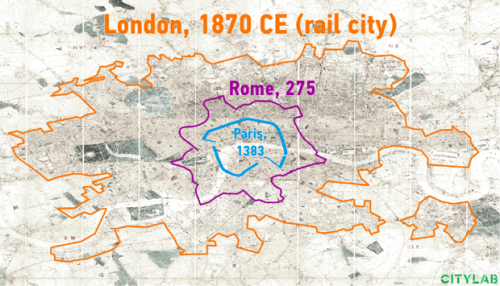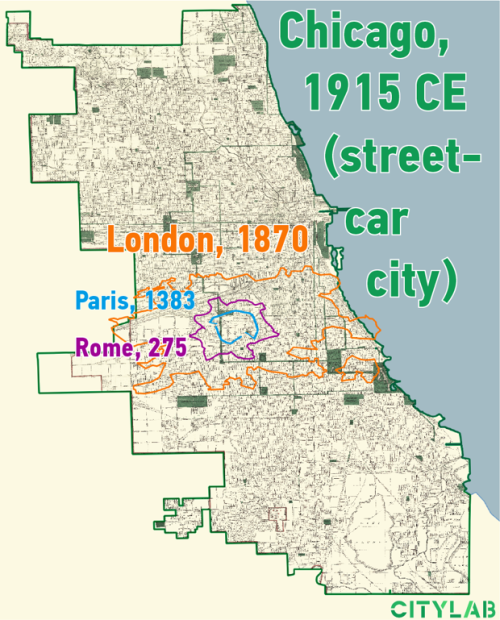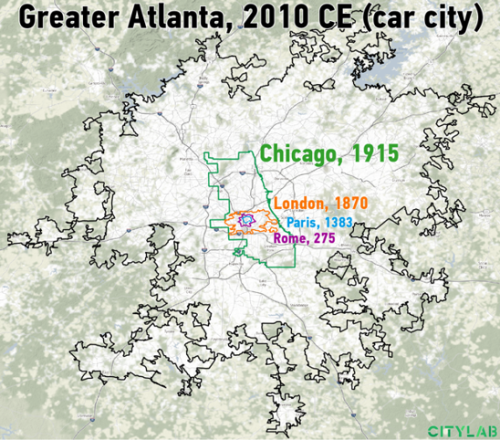urbangeographies: COMMUTING: The constant rule In 1994, Cesare Marchetti, an Italian physicist, des
urbangeographies: COMMUTING: The constant rule In 1994, Cesare Marchetti, an Italian physicist, described an idea that has come to be known as the Marchetti Constant: Throughout history, urban dwellers—regardless of whether they walk, bike, ride, or drive—have been willing to travel for about an hour each day. Modern Atlanta may thus bear little resemblance to Ancient Greece or Medieval Paris, but residents of all three cities share this time-tested tendency to take on 30-minutes commutes. As noted by Jonathan English, the principle has profound implications for life in cities. New technologies have radically changed mobility over the centuries, and the footprints of cities have adapted as a result. But even as urban areas grew from two-mile-wide walking cities into eight-mile-wide streetcar cities into 40-mile-wide expressway cities, each new mode of transport eventually reaches its limit, putting strains on housing, jobs, and time. And many U.S. cities are reaching that breaking point now. Read more: The One Weird Rule That Defines Urban Footprints -- source link
#urban planning

